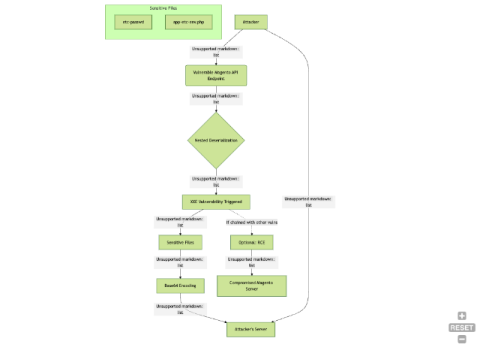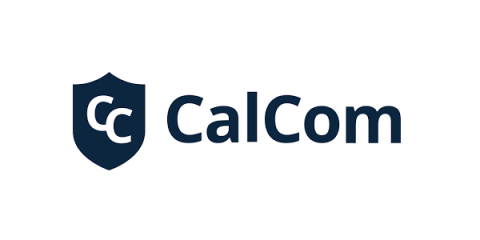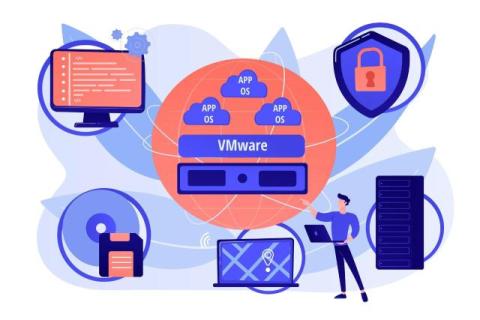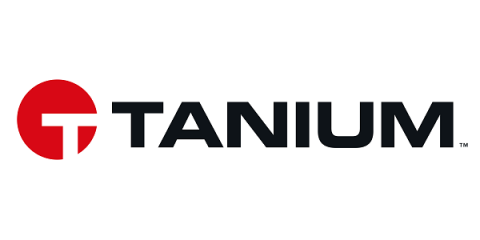Privileged Access for Modern Infrastructure: The Top Four Challenges
As organizations have transitioned from legacy IT infrastructure to cloud-native, ephemeral modern infrastructure, the needs of how privileged access is handled have shifted, too. Modern infrastructure presents unique challenges that legacy Privileged Access Management (PAM) tools, originally architected for more static environments, weren’t designed to handle. In this post, we explore why characteristics of modern infrastructure require a modern approach to PAM.











